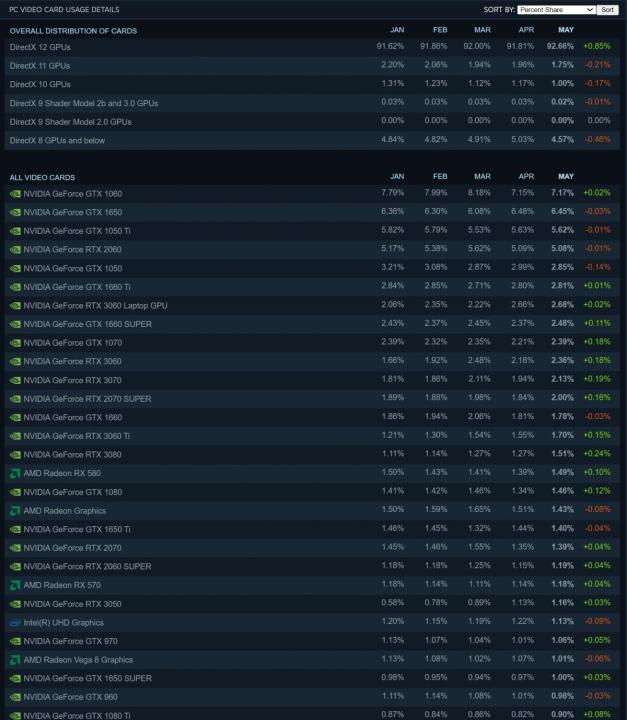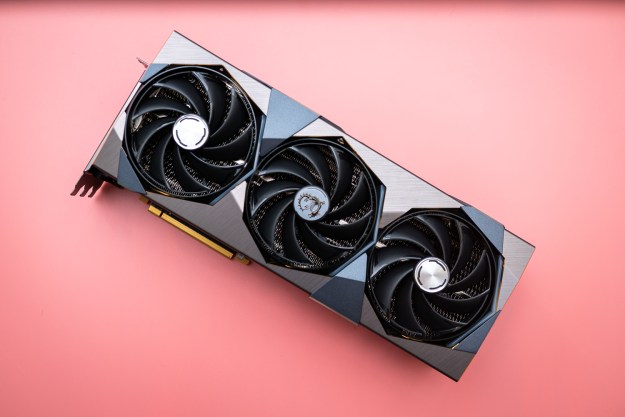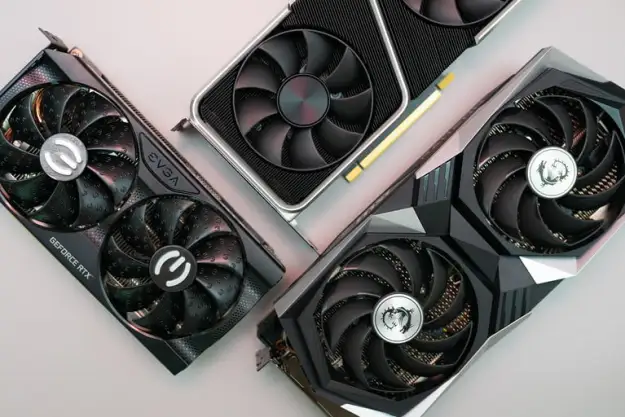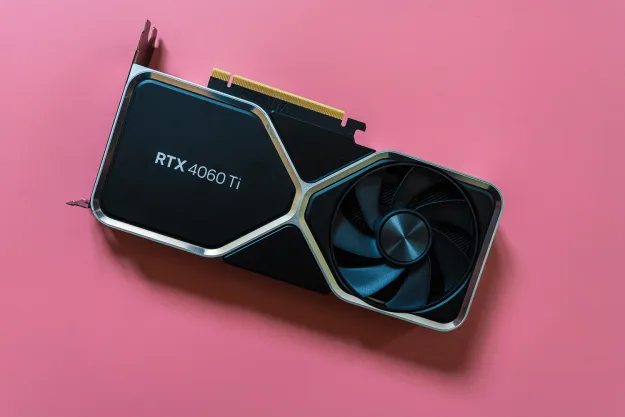Valve’s latest monthly report might give a clue that the PC industry is recovering from its component shortage that has dragged on for over two years.
In its monthly user survey, Valve’s data shows that gamers accessing Steam were doing so from PCs running a higher number of Nvidia Ampere graphics cards. The RTX 3080 graphics card saw a 0.24% increase in usage during the month of May, while the RTX 3070 GPU saw a 0.19% increase.
Of course, cheaper and more readily accessible cards still remain the most common, but the growth is certainly encouraging to see. It coincides with recent drops in GPU pricing and increases in supply.
AMD components have also made an appearance on the survey, with the RTX 3060 increasing 0.18% and the Radeon RX 6800 XT increasing 0.15%.

These stats are pivotal as they hint that more and more gamers are getting access to these high-end GPUs, both as desktop parts and in
The overall graphics card increase has also seen AMD gain some market share against the consumer favorite, Intel at 1.24%. However, the competitor remains in a staunch lead with an overall 67.19% of users.
On the CPU side, the survey also uncovered that processors on the PCs used on Steam have steadily increased from four cores to six cores over the last five years, as noted by PCWorld.
Previously, a four-core CPU was the most common, but this May survey continues to show growth in higher core count processors. Approximately 33% of PCs on Steam were running four-core CPUs, while over 50% of PCs were running six-core systems.
Both Intel and AMD have introduced high-core CPUs beyond six, with even eight, 12, and 16 cores to its mid-range component line. Still, six seems to be the new standard for the average PC gamer, especially now that Intel has increased its CPU’s core count with the 12th-gen Alder Lake chips.
Lastly, Valve’s survey continues to show increases in Windows 11. The update is 0.41% away from being installed on every five PCs. Additionally, over 50% of those surveyed had 16GB of RAM.
Editors' Recommendations
- The war between PC and console is about to heat up again
- Don’t buy the RTX 3060 in 2024
- Intel may fire the first shots in the next-gen GPU war
- GPU prices are back on the rise again
- The sad reality of AMD’s next-gen GPUs comes into view





